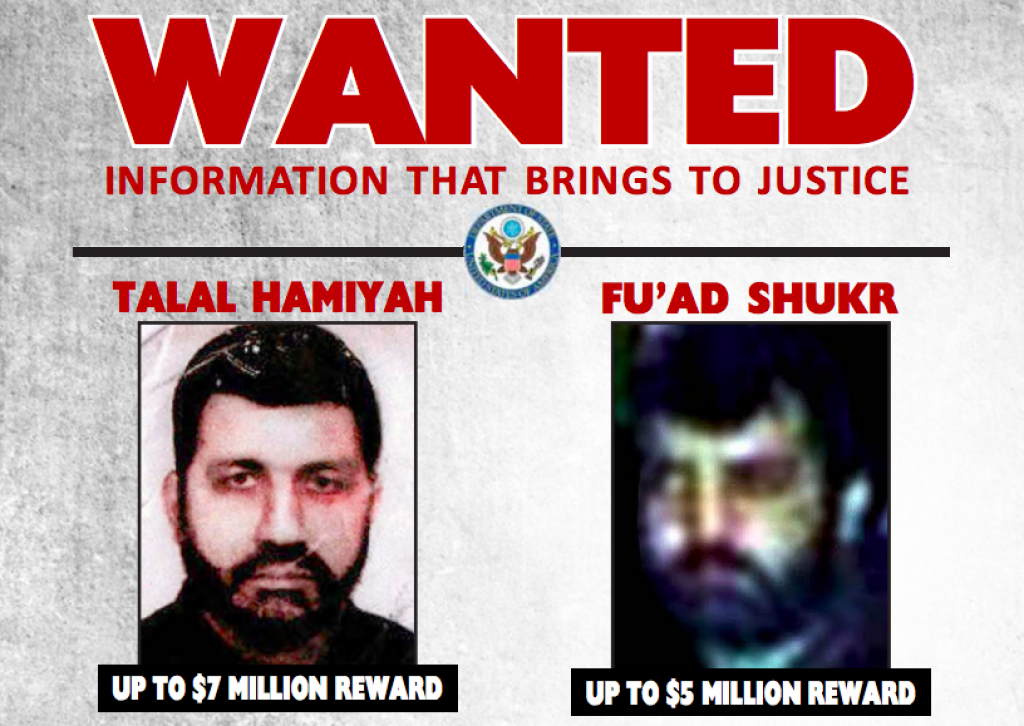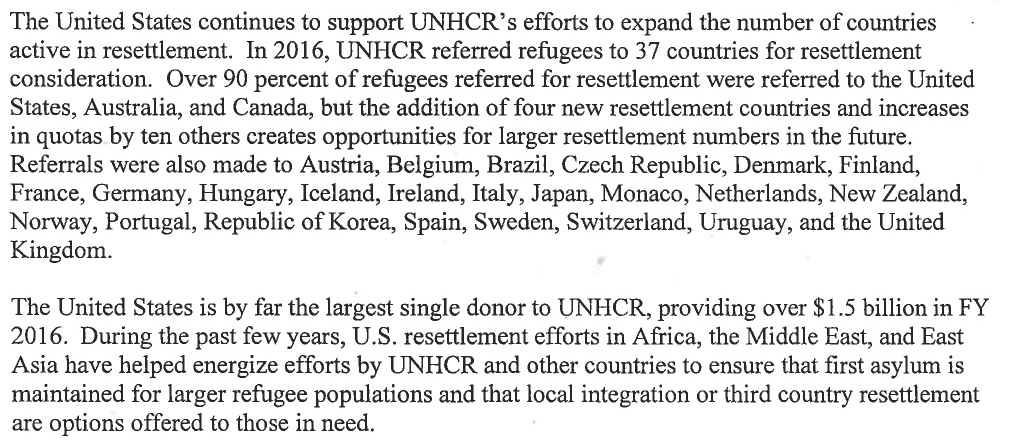The Iran Deal (JCPOA) has taken an inordinate amount of attention away from all of the other ways Iran destabilizes and attempts to dominate the region. The Trump team will now take a holistic approach to Iran that uses all aspects of US power and engages our allies in the effort as well. The goal is to roll back Iranian use of their proxies in Iraq, Syria, Lebanon, Yemen and elsewhere to extend Iranian influence toward eventual hegemony. It will also address Iranian support of terrorism and violations of other international agreements such as US Security Council Resolutions.
This will take many forms, one of which is the President declining to certify that the JCPOA as it currently exists is in the national interest. It most certainly is not and it’s time to either fix it or forget it. The entire reason to do a deal was to ensure Iran never got nuclear weapons, the JCPOA actually paved Iran a path to them with “sunset clauses” that remove all prohibitions after no more than 15 years.
Iran’s ballistic missile program was specifically excluded from the JCPOA in a stunning case of national security malfeasance. There is no use for these other than to deliver a nuclear warhead and allowing Iran to continue their development cannot be tolerated. This will be another area where the US will focus all elements of our influence on ensuring Iran will be unable to deliver any payload to our shores.
It remains to be seen if a better deal can be made, but we need to make the effort. That will require some leverage and another piece of the plan will be designating all of Iran’s Islamic Revolutionary Guards Corps as a terrorist organization. They are and recognizing this will make it much tougher for them to use the many businesses and front groups they have developed to conduct and support terror operations worldwide.
There will also be actions to rein in the Iranian-led militias operating across Iraq and Syria. While they may be mostly made up of Iraqi citizens, too many have loyalty to the Mullahs in Tehran. These Shia militias now control large swaths of territory in the Sunni areas of Iraq that were just liberated from ISIS. They conducted amounts of massive sectarian slaughter during the counter-ISIS operations and it is still going on. They must be moved out.
Hezbollah is another Iranian proxy which has sent tens of thousands of fighters into Syria. They are flush with some of the hundreds of millions of dollars Iran has given them out of the cash bonanza from the Iran Deal. They have been receiving US funds which were given to the Lebanese Armed Forces and then funneled to Hezbollah. This will come to a stop under the new plan. More here.
Related reading: JCPOA as published by the John Kerry State Department
(Reuters) – President Donald Trump is likely to take a major step against the international nuclear deal with Iran on Friday, laying out a more aggressive approach to Iranian activities in the Middle East that risks upsetting U.S. relations with European allies.
“It is time for the entire world to join us in demanding that Iran’s government end its pursuit of death and destruction,” Trump said in a White House statement that flagged key elements of the strategy.
He is to present his plan in a 12:45 p.m. EDT (1645 GMT)speech at the White House, the product of weeks of internal discussions between him and his national security team.
U.S. officials said Trump was expected to announce that he will not certify the 2015 nuclear accord between Iran and six world powers, one he has called the “worst deal ever” as it was not, in his view, in the U.S. national interest.
Trump found himself under immense pressure as he considered de-certifying the deal, a move that would ignore warnings from inside and outside his administration that to do so would risk undermining U.S. credibility abroad.
He had formally reaffirmed it twice before but aides said he was reluctant to do so a third time.
De-certification would not pull the United States out of the deal but would give the Congress 60 days to decide whether to reimpose sanctions on Tehran that were suspended under the pact, negotiated during the administration of President Barack Obama.
U.S. House of Representatives Homeland Security Committee Chairman Michael McCaul told Reuters he thinks Trump “is likely to not completely pull out of the deal, but decertify compliance.”
IRANIAN WARNING
If Washington quits the deal, that will be the end of it and global chaos could ensue, Iran’s influential parliament speaker, Ali Larijani, was quoted by the Russian news agency TASS as saying during a visit to St Petersburg on Friday.
U.N. nuclear inspectors say Iran is in compliance with the accord, which limited the scope of Iran’s nuclear program to help ensure it could not be put to developing bombs in exchange for a lifting of international sanctions on Tehran.
Trump says Tehran is in violation of the spirit of the agreement and has done nothing to rein in its ballistic missile program or its financial and military support for the Lebanese Shi‘ite movement Hezbollah and other militant groups.
White House Chief of Staff John Kelly said on Thursday the U.S. approach toward Iran is to work with allies in the Middle East to contain Tehran’s activities.
“We have footprints on the ground, naval and Air Force is there to just demonstrate our resolve, our friendship, and try to deter anything that any country out there may do,” Kelly told reporters.
European allies warn of a split with the United States over the nuclear agreement, in part because they are benefiting economically from a relaxation of sanctions.
A variety of European allies, including the leaders of Britain and France, have personally appealed to Trump to re-certify the nuclear accord for the sake of allied unity.
Germany’s government pledged on Friday to work for continued unity if Trump de-certified the deal as Berlin remain convinced the agreement was an important tool to prevent Iran developing nuclear weapons.
Foreign Minister Sigmar Gabriel underscored German views in a telephone call with U.S. Secretary of State Rex Tillerson late on Thursday, his spokeswoman Maria Adebahr told reporters.
Gabriel said on Thursday U.S. behavior was driving a wedge between Europe and its close ally United States and bringing Europeans closer to Russia and China. “It’s imperative that Europe sticks together on this issue,” said Gabriel.
Russian President Vladimir Putin’s spokesman, Dmitry Peskov, said on Friday that if the United States withdrew from the deal, “this will damage the atmosphere of predictability, security, stability and non-proliferation in the entire world”.
U.S. MOVE AGAINST REVOLUTIONARY GUARDS
McCaul said he expected Trump also to announce some kind of action against the Iranian Revolutionary Guard Corps, the country’s most powerful security force. Trump is under a legal mandate to impose U.S. economic sanctions on the Revolutionary Guards as a whole by Oct. 31 or waive them.
U.S. sanctions could seriously hurt the IRGC as it controls large swaths of Iran’s economy. The Guards’ foreign paramilitary and espionage wing, the Quds Force, is under U.S. sanctions, as is the Quds Force commander, other officials and associated individuals and entities.
The 2015 nuclear agreement, signed by the United States, Britain, France, Germany, Russia, China, the European Union and Iran, has been denounced by Trump as “an embarrassment” and “the worst deal ever.”







